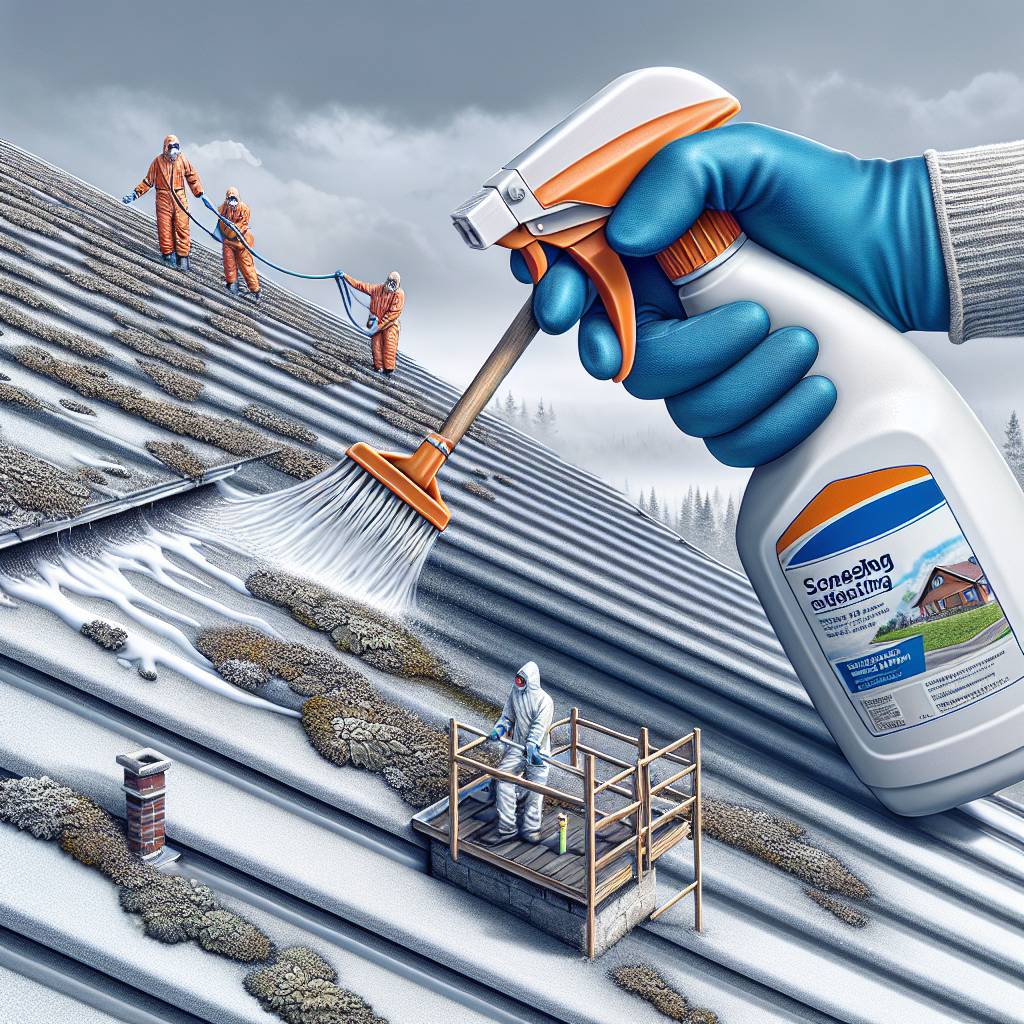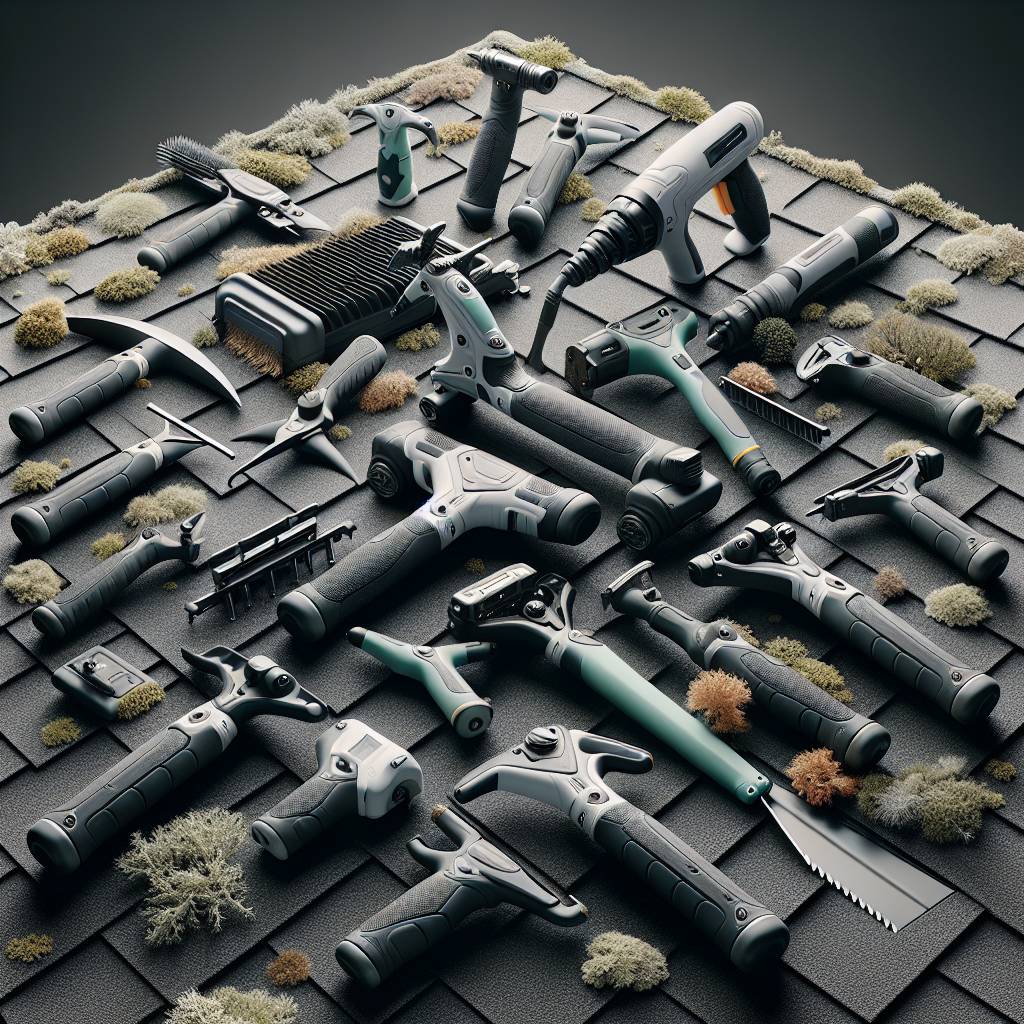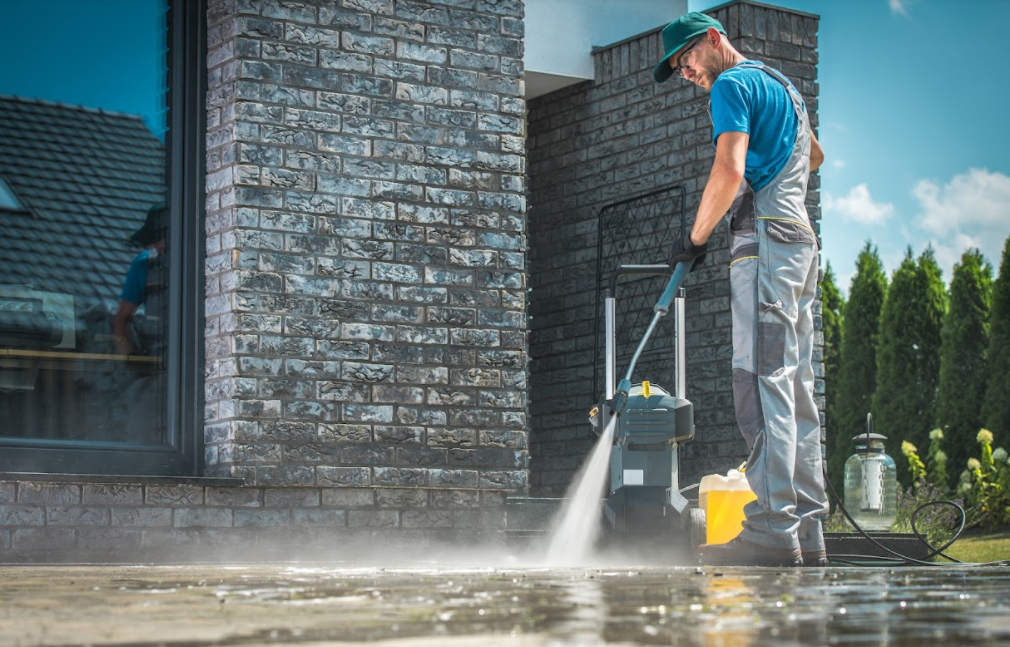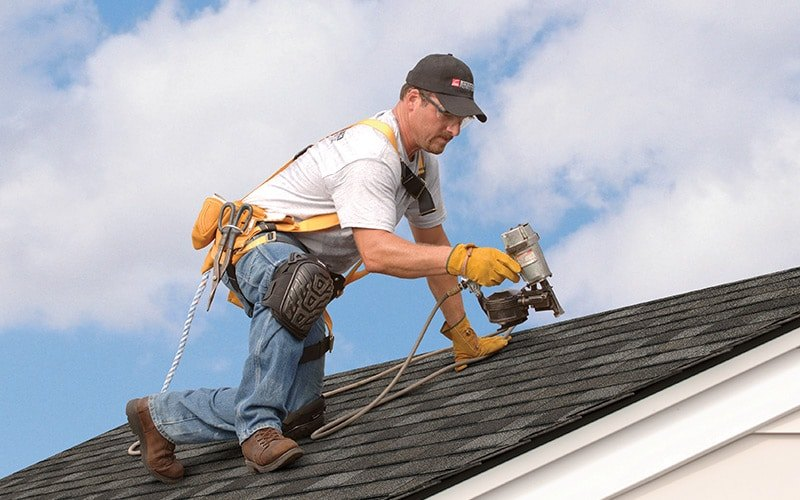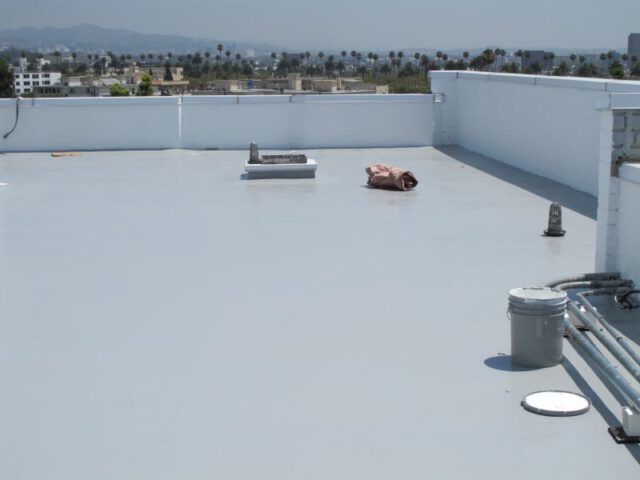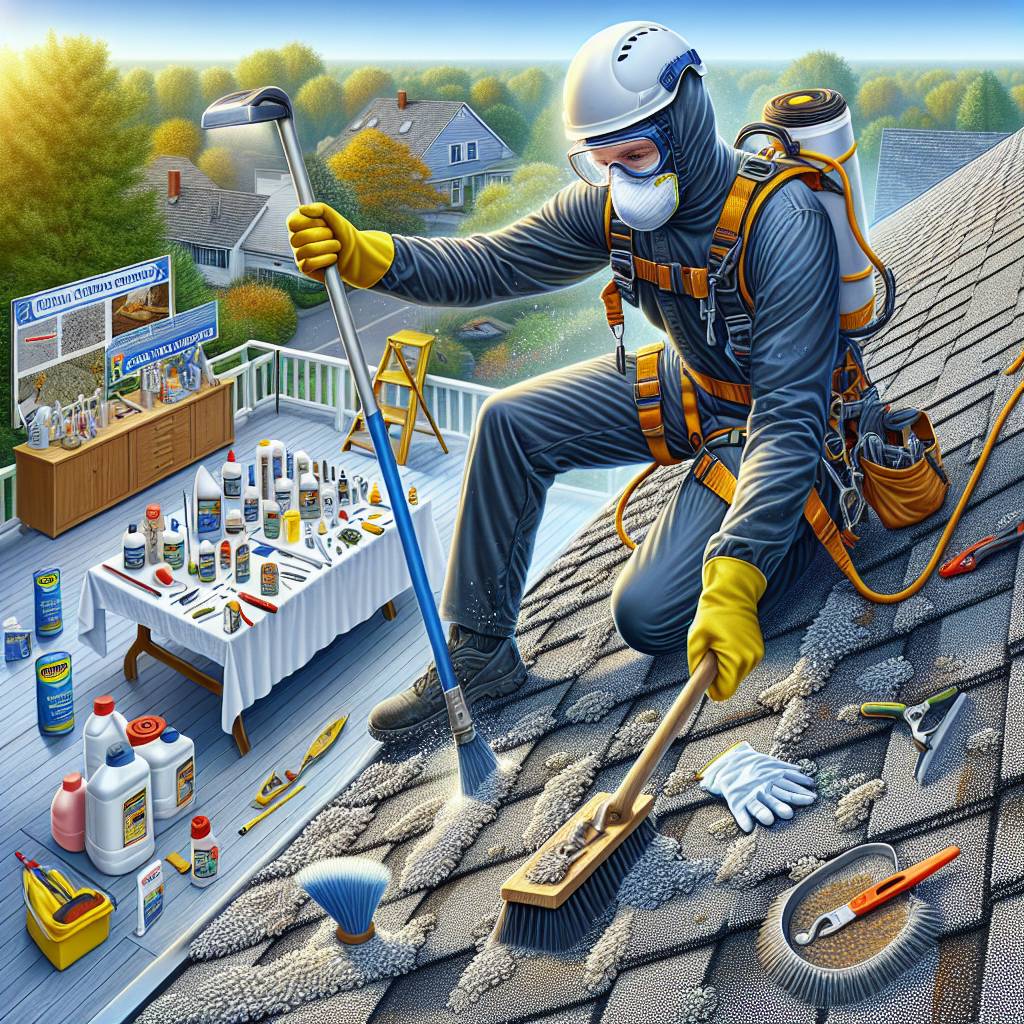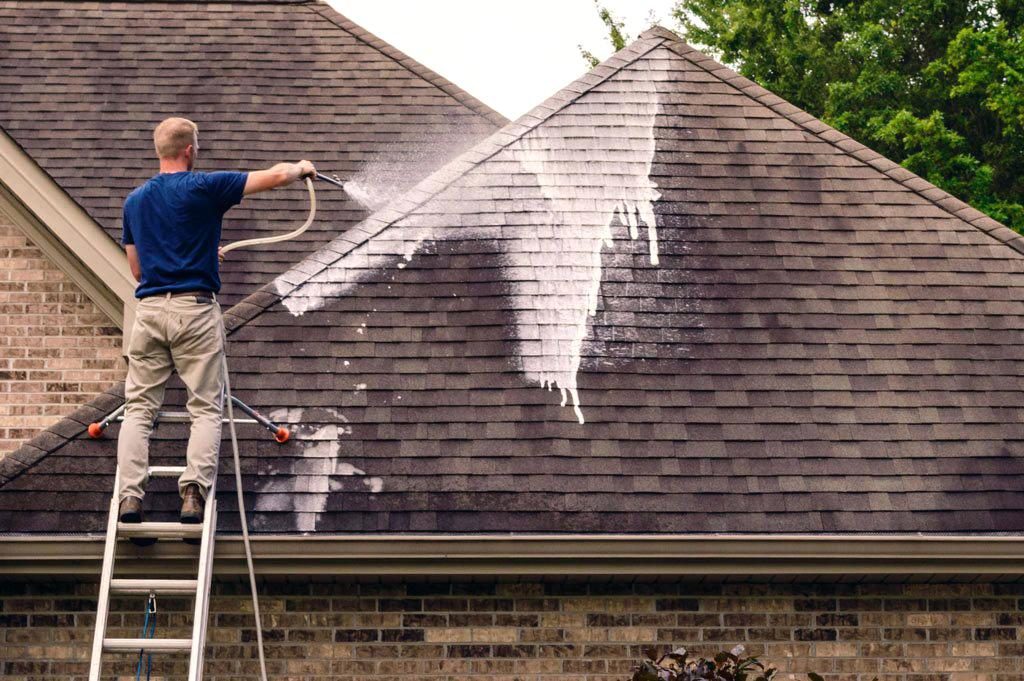Dealing with lichen on metal roofs can be a real headache. The unsightly growth not only affects the aesthetic appeal of your property but also poses potential damage to the roof’s surface. However, fret not! We’ve got you covered with cost-effective solutions that will rid your metal roof of lichen without breaking the bank. In this post, we’ll delve into effective methods and products specifically tailored for tackling lichen infestations on metal surfaces using solution and pressure washing.
If you’re tired of battling stubborn lichen and seeking budget-friendly remedies that deliver results, look no further. Our expert insights will guide you through practical and affordable approaches to restore the pristine condition of your metal roof while keeping expenses in check.
Key Takeaways
- Regularly inspect metal roofs for lichen infestation to catch it early and prevent extensive damage.
- Use gentle cleaning solutions like water and mild detergent or a mixture of vinegar and water to remove lichen from metal roofs.
- Prioritize safety by wearing protective gear, using stable ladders, and avoiding harsh chemicals during DIY lichen removal.
- Consider professional lichen cleaning for large infestations or difficult-to-reach areas on metal roofs.
- Factor in the size of the roof, severity of infestation, and additional services when estimating the cost of professional lichen removal.
- Implement preventive measures such as trimming overhanging branches and ensuring proper roof ventilation to minimize lichen growth.
Understanding Lichen and Its Effects on Metal
The Impact of Lichen Growth
Lichen, a combination of algae and fungi, can thrive on metal roofs. This growth not only poses aesthetic concerns but also has the potential to cause damage. As lichen spreads across metal surfaces, it creates an unsightly appearance that can detract from the overall appeal of a property. Moreover, wet presence can lead to more serious issues if left unaddressed.
It’s crucial to recognize that wet lichen’s acidic nature has the capacity to corrode metal over time. The symbiotic organism releases substances that actively contribute to the degradation of metal surfaces. This corrosion weakens the structural integrity of metal roofs, making them susceptible to leaks and other forms of damage.
The detrimental effects of wet conditions are not limited solely to aesthetics; they extend into compromising the durability and longevity of metal roofing systems.
Cost-Effective Solutions for Lichen Removal
- Chemical Treatments: Applying specially formulated chemicals is one common method for removing lichen from metal roofs.
- Pressure Washing: High-pressure water streams effectively dislodge and remove lichen from metal surfaces.
- Manual Scrubbing: Physical scrubbing with appropriate tools can be employed for smaller areas affected by lichen growth.
- Preventative Measures: Installing zinc or copper strips along roof ridges helps prevent future lichen growth by releasing ions that inhibit its development.
While wet chemical treatments offer effectiveness in eliminating lichens, they may involve harsh substances that require careful handling during application and disposal. On the other hand, pressure washing presents an efficient means of removal but should be conducted cautiously as excessive force could potentially damage delicate portions of metal roofs.
Manual scrubbing is a wet, labor-intensive approach suitable for localized infestations but might prove impractical for extensive coverage areas due to time constraints and physical exertion involved.
On another note, incorporating preventive measures like installing zinc or copper strips offers long-term cost-effectiveness by inhibiting future wet lichen growth without resorting to regular intensive cleaning methods.
Signs Indicating Lichen Infestation on Roofs
Green or Gray Patches
If you notice green or gray patches on your wet roof, it could be a clear indication of lichen infestation. These patches are usually the result of lichens attaching themselves to the roof surface and thriving in moist conditions. The presence of these patches can compromise the aesthetic appeal of your roof and may also lead to more severe issues if left unaddressed.
Lichens are known for their ability to thrive in diverse environments, including rooftops, where they can cause discoloration and damage. When wet lichen growth occurs, it often appears as greenish-gray spots that spread across the surface of the roof. This not only affects the visual appeal but can also impact the overall integrity and lifespan of the roofing material.
Raised, Crusty Formations
Another sign that your metal roof may be affected by lichen is the presence of raised, crusty formations on its surface. These formations often resemble small bumps or scales and indicate an established lichen colony. If left untreated, these formations can continue to grow and spread across larger areas of your roof.
The raised nature of these crusty formations makes them particularly detrimental to roofs as they create an uneven surface that traps moisture and debris. As a consequence, this trapped moisture provides an ideal environment for further lichen growth while also increasing the risk of structural damage over time.
Discoloration or Streaks
Discoloration or streaks running down from roof edges might suggest lichen infestation as well. When lichens establish themselves along with debris near edges or gutters, they can contribute to unsightly stains running down from these areas during rainfall events. Not only does this affect curb appeal but it could also point towards potential water retention issues which may exacerbate corrosion over time if not addressed promptly.
DIY Lichen Removal Techniques for Metal Roofs
Scrubbing with Water and Mild Detergent
Scrubbing the affected areas with a mixture of water and mild detergent can effectively remove lichen from metal roofs. When you notice signs indicating lichen infestation, such as green or white patches on your roof, it’s time to take action. Mix water and mild detergent in a bucket, then use a soft-bristle brush or sponge to scrub the affected areas gently. This method helps to loosen and remove the lichen without causing damage to the metal surface.
It’s important to note that using a soft-bristle brush or sponge is crucial when cleaning metal roofs to avoid damaging the surface during cleaning. These tools are gentle enough not to scratch or dent the metal while effectively removing lichen buildup. By gently scrubbing with this solution, you can ensure that your roof remains clean without any lasting damage.
Application of Vinegar or Hydrogen Peroxide Solution
Applying a solution of vinegar or hydrogen peroxide can be an effective way to kill lichen before its removal from metal roofs. Once you’ve identified lichen infestation on your roof, preparing a solution of either vinegar or hydrogen peroxide can help eliminate it efficiently. After applying one of these solutions, allow some time for them to work their magic before proceeding with removal.
When dealing with stubborn lichen growth on metal roofs, using these natural solutions provides an eco-friendly way to tackle the problem without resorting to harsh chemicals. The acidity in vinegar and hydrogen peroxide works effectively in killing off the lichen, making it easier for you to remove it afterwards.
Safety Precautions for DIY Lichen Removal
Personal Protective Equipment
When removing lichen from metal roofs, it’s crucial to prioritize safety. Wear protective gloves, goggles, and a mask to shield yourself from skin irritation and inhalation of lichen spores. These simple yet essential items can prevent potential health hazards during the cleaning process.
It’s important to use sturdy footwear when working on roofs. Securing yourself with safety harnesses is advisable to minimize the risk of falls or accidents while performing lichen removal activities. By taking these precautions, you can ensure your personal safety throughout the entire process.
Avoid Harsh Chemicals and Power Washing
In pursuing cost-effective solutions for lichen removal from metal roofs, it’s vital to avoid using harsh chemicals or power washing techniques that may cause damage not only to the roof but also to the surrounding environment. Instead of resorting to aggressive methods that could lead to unintended consequences, opt for gentle yet effective alternatives.
To illustrate this point further: instead of utilizing strong chemical cleaners that might corrode the roof surface or harm nearby plants and wildlife, consider environmentally friendly options such as vinegar-based solutions or natural enzymatic cleaners. These alternatives are not only safer for your surroundings but also less likely to cause long-term damage compared to harsh chemicals.
Professional Lichen Cleaning for Metal Roofs
Thorough Removal
Professional roofing contractors ensure thorough removal of lichen without causing any damage. They have the expertise and tools to effectively eliminate lichen from metal roofs. Using specialized equipment, they can reach all areas of the roof, ensuring a comprehensive cleaning process.
Professionals employ pressure washing techniques with eco-friendly solutions to remove lichen effectively. This method ensures that the lichen is completely dislodged from the roof’s surface, preventing regrowth in the near future. Chemical washes may also be used by experts to penetrate and eradicate stubborn lichen growth without harming the metal structure.
Specialized Equipment and Eco-Friendly Solutions
Hiring professional cleaners guarantees access to specialized equipment designed specifically for lichen removal from metal roofs. These tools allow them to reach difficult spots and crevices on the roof where lichen tends to thrive, ensuring no area is left untreated.
Moreover, professionals use eco-friendly solutions that are safe for both the environment and your roofing materials. These solutions are formulated to break down and dissolve lichen without causing harm or corrosion to your metal roof. By utilizing environmentally friendly products, professional cleaners prioritize not only effective results but also sustainable practices.
Knowledgeable Experts
Expert roof cleaners possess extensive knowledge about different types of metal roofs and how best to approach their cleaning needs. They understand that various metals require specific care methods during cleaning processes; therefore, they tailor their approach accordingly.
These professionals have ample experience dealing with various degrees of lichen infestation on different types of metal roofs. Their familiarity with diverse scenarios equips them with valuable insights into addressing each situation effectively while minimizing any potential risks or damages.
Cost Factors for Professional Lichen Removal
Roof Size and Complexity
The size and complexity of the roof play a significant role in determining the cost of professional lichen removal. A larger or more intricate roof requires additional time, effort, and resources to ensure thorough cleaning. This means that the overall cost is likely to be higher for a complex or extensive metal roof compared to a smaller, simpler one. For instance, a sprawling industrial metal roof with multiple angles and levels will generally incur higher expenses due to the increased labor and materials needed.
Certain roofs may demand specialized techniques that can drive up the price. For example, if a metal roof has delicate architectural details or unique surface textures, it may require specific cleaning approaches tailored to its characteristics. These customized methods often involve extra care and attention from professionals, thus impacting the total cost of lichen removal.
Extent of Lichen Infestation
The extent of lichen infestation on a metal roof directly influences the pricing for professional removal services. The severity of lichen growth determines not only how much effort is required but also what type of treatments are necessary to eradicate it effectively. In cases where heavy accumulation is present across large sections of the roofing material, more intensive cleaning measures such as power washing or chemical treatments might be essential.
Moreover, different degrees of infestation call for varying levels of post-cleaning maintenance to prevent future regrowth. This could include applying protective coatings or treatments designed to inhibit lichen re-establishment on the metal surface over time.
Additional Influencing Factors
Apart from size and infestation level, several other factors contribute to shaping the overall cost associated with professional lichen removal from metal roofs.
- Location: The geographical location where your property is situated can impact pricing due to regional variations in labor costs and market demands.
- Accessibility: If your metal roof is challenging for technicians to access safely—perhaps due to steep inclines or limited entry points—the complexity involved can affect service charges.
- Company Reputation: Established cleaning companies with proven track records may command higher prices based on their expertise and quality assurance guarantees.
Best Practices for Preventing Lichen Growth
Regular Inspection and Cleaning
Regularly inspecting and cleaning your metal roof is crucial in preventing lichen from taking hold. By keeping the roof clean, you can remove any debris or organic matter that lichens thrive on. This proactive approach helps to disrupt the conditions that promote lichen growth, thus reducing the need for costly professional removal services. Clearing away dirt and grime can eliminate potential moisture traps where lichens find a hospitable environment to flourish.
Inspecting your metal roof at least twice a year allows you to catch any signs of early lichen colonization. During these inspections, pay close attention to areas with accumulated debris or shaded spots where moisture tends to linger. By staying vigilant and promptly addressing any signs of lichen growth, you can prevent it from spreading extensively and minimize the need for extensive removal measures.
Vegetation Management
Trimming overhanging branches or vegetation near your metal roof is another effective strategy in preventing lichen growth. Overhanging trees not only provide shade but also drop leaves, twigs, and other organic materials onto the roof’s surface – creating an ideal habitat for lichens to establish themselves. By maintaining clear space around your roof, you reduce the amount of shade and organic debris that contribute to optimal conditions for lichens.
In addition to trimming overhanging vegetation, consider removing moss or algae from nearby surfaces as they can serve as potential sources of spores that lead to new instances of lichen colonization on your metal roof. Taking these preventive measures reduces the likelihood of widespread infestations while also minimizing future expenses associated with professional removal services.
Protective Coating Application
Applying a protective coating or paint specifically designed for metal roofs is an effective long-term solution in deterring lichen colonization. These specialized coatings create a hostile environment by incorporating ingredients that inhibit fungal growth on metal surfaces such as zinc particles or copper compounds which possess anti-microbial properties harmful to lichens.
Optimal Timing for Lichen Removal Activities
Dry Weather Conditions
Lichen removal from metal roofs is most effective when done during dry weather conditions. This ensures that the cleaning process can be carried out without any interference from rain or moisture. When lichen is removed in dry weather, it allows for better application of cleaning solutions and prevents the growth of new lichen due to dampness.
Dry weather provides an ideal environment for the application of cleaning agents, which can effectively target and remove lichen from metal roofs. Working in dry conditions reduces the risk of slipping or accidents while performing the removal process.
Avoiding Extremely Hot Temperatures
It’s important to avoid removing lichen during extremely hot temperatures as this may cause damage to the metal surface. High temperatures can lead to the rapid evaporation of cleaning solutions, reducing their effectiveness in breaking down and removing lichen. Moreover, excessive heat might also affect the structural integrity of the metal roof.
When tackling lichen removal projects, especially on sunny days, it’s advisable to schedule activities during cooler parts of the day such as early morning or late afternoon. This not only minimizes potential damage but also ensures a more comfortable working environment for those involved in carrying out the removal process.
Scheduling During Seasons with Less Rainfall
Considering scheduling lichen removal activities during seasons with less rainfall is crucial for preventing quick regrowth. Excessive moisture from heavy rainfall can promote rapid reinfestation by providing favorable conditions for lichens to thrive once again on metal surfaces.
Long-Term Maintenance to Keep Roofs Lichen-Free
Regular Cleaning and Inspection
Regular cleaning of gutters and downspouts is crucial in preventing debris buildup that can encourage the growth of lichen on metal roofs. By keeping these areas clear, you create an environment less conducive to lichen development. Conducting routine inspections allows for the early identification of any signs of lichen infestation. This proactive approach enables prompt intervention before the problem exacerbates.
It’s essential to be mindful of any accumulation of organic matter or moisture around roof features such as chimneys, skylights, and vents. These are prime locations for lichen growth due to their ability to retain moisture and provide a surface for spores to settle on.
Preventive Treatments and Coatings
Professionals often recommend applying preventive treatments or coatings on metal roofs as a proactive measure against future lichen growth. These solutions act as barriers, inhibiting the attachment and proliferation of lichens on the roof’s surface.
When considering preventive treatments, it’s important to consult with experts who can recommend suitable products based on your specific roofing material and environmental factors. Some coatings may require reapplication every few years depending on their effectiveness over time.
In addition to professional consultations, homeowners should also conduct thorough research into available products designed to deter lichen growth. Understanding how these solutions work can help in making informed decisions about long-term maintenance strategies for keeping metal roofs free from lichens.
Closing Thoughts
You’ve learned about the impact of lichen on metal roofs and discovered DIY and professional solutions for its removal. Remember, prevention is key! Regular maintenance and timely action can keep your roof lichen-free. Don’t overlook the signs or delay taking care of your roof. Keep in mind the cost factors for professional cleaning, but also consider the long-term benefits. Stay proactive to avoid larger issues down the road.
Now that you’re equipped with the knowledge to tackle lichen on metal roofs, take action to protect your property. Whether it’s a DIY approach or seeking professional help, prioritize the health of your roof. A little effort now can save you from bigger headaches later. Keep your roof in top shape and enjoy a lichen-free environment.
Frequently Asked Questions
What are the signs of lichen infestation on metal roofs?
Lichen infestation on metal roofs can be identified by green or white patches, which may lead to discoloration and deterioration of the roof’s surface.
Are DIY lichen removal techniques effective for metal roofs?
DIY techniques like brushing or scraping can help remove lichen from metal roofs. However, it’s essential to follow safety precautions and consider professional cleaning for extensive infestations.
What cost factors should I consider for professional lichen removal from a metal roof?
Factors such as the size of the roof, extent of lichen growth, and accessibility influence the cost. Professional cleaners may also consider protective coatings to prevent future infestations.
When is the optimal timing for lichen removal activities on metal roofs?
Early spring or late fall is ideal for lichen removal as these seasons provide moderate temperatures and lower chances of regrowth due to favorable conditions.
How can I best prevent lichen growth on my metal roof in the long term?
Regular maintenance including keeping gutters clean, trimming nearby trees, and maintaining proper drainage can help prevent moisture accumulation that contributes to lichen growth. Applying protective coatings also helps deter its reoccurrence.
